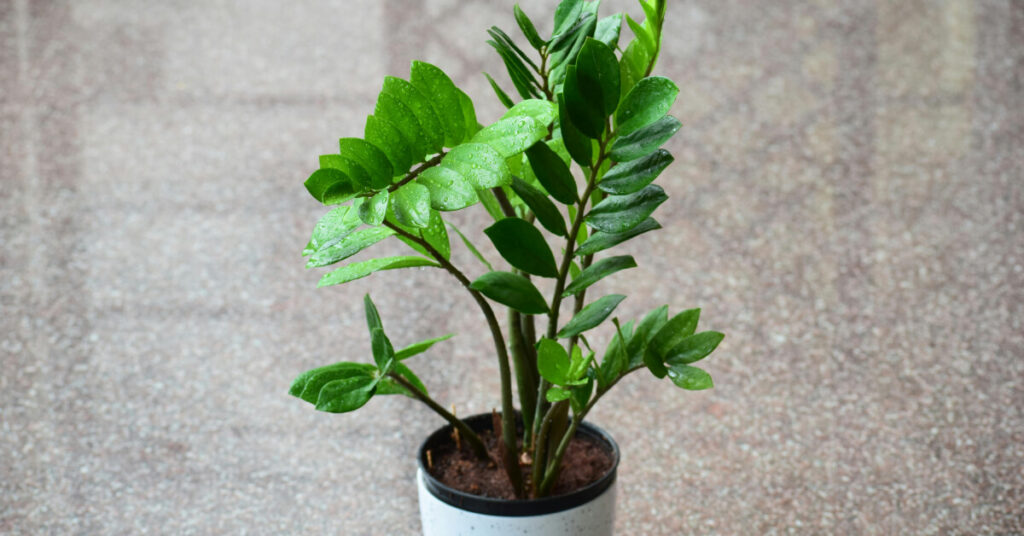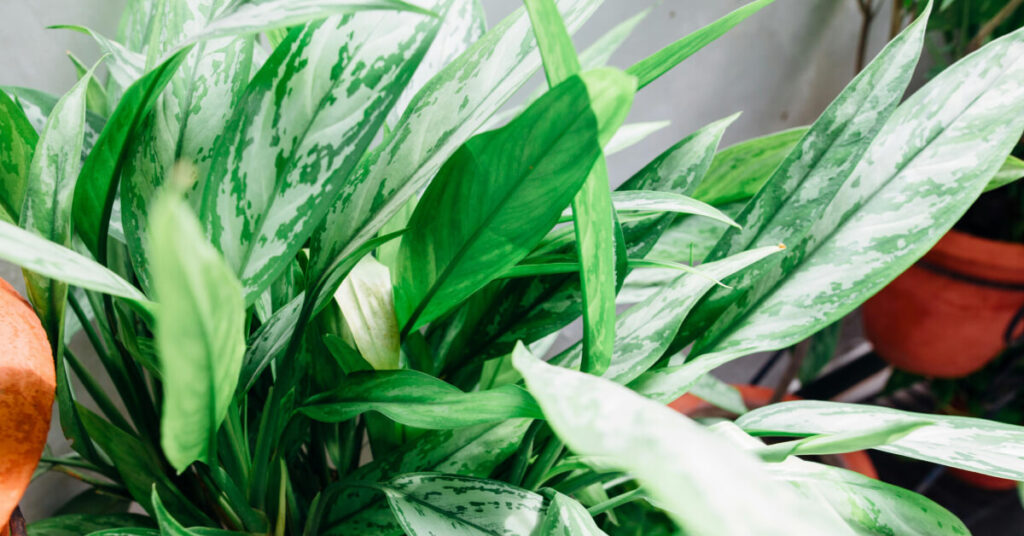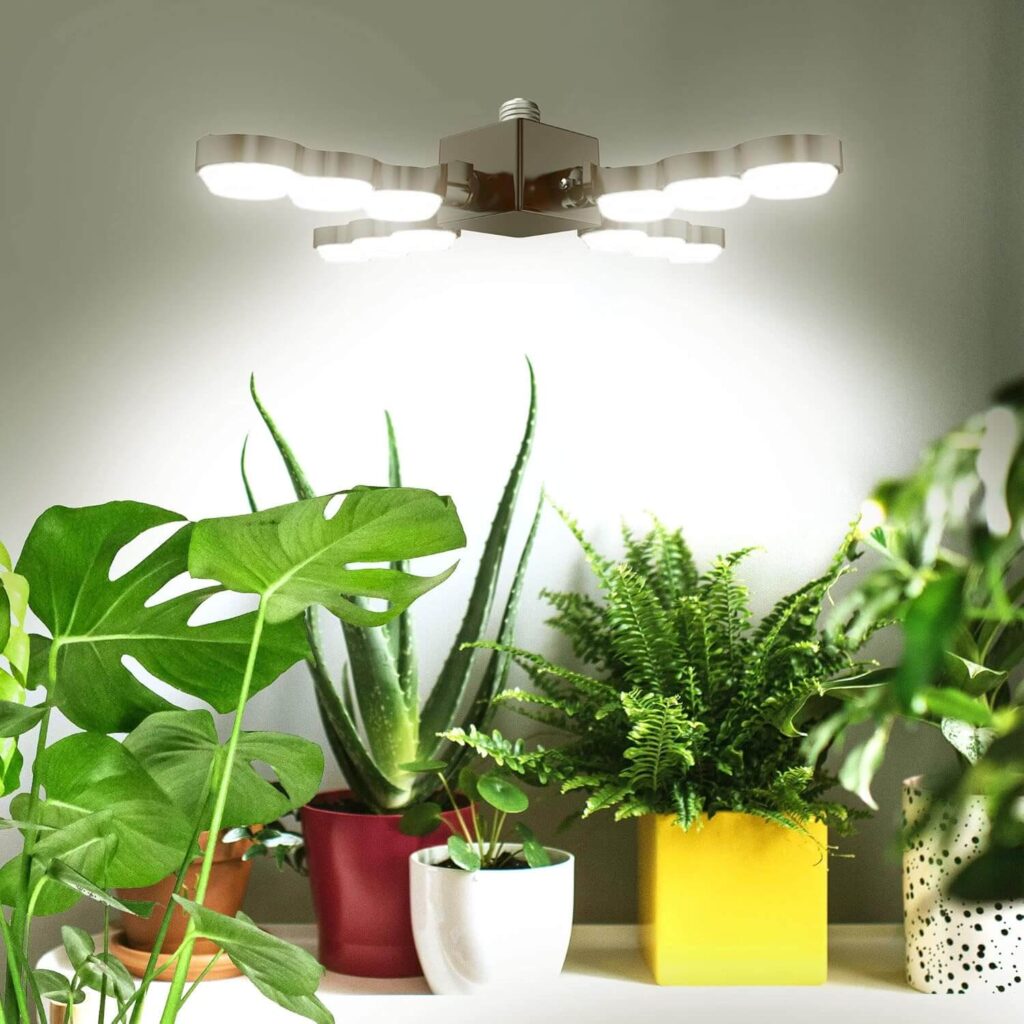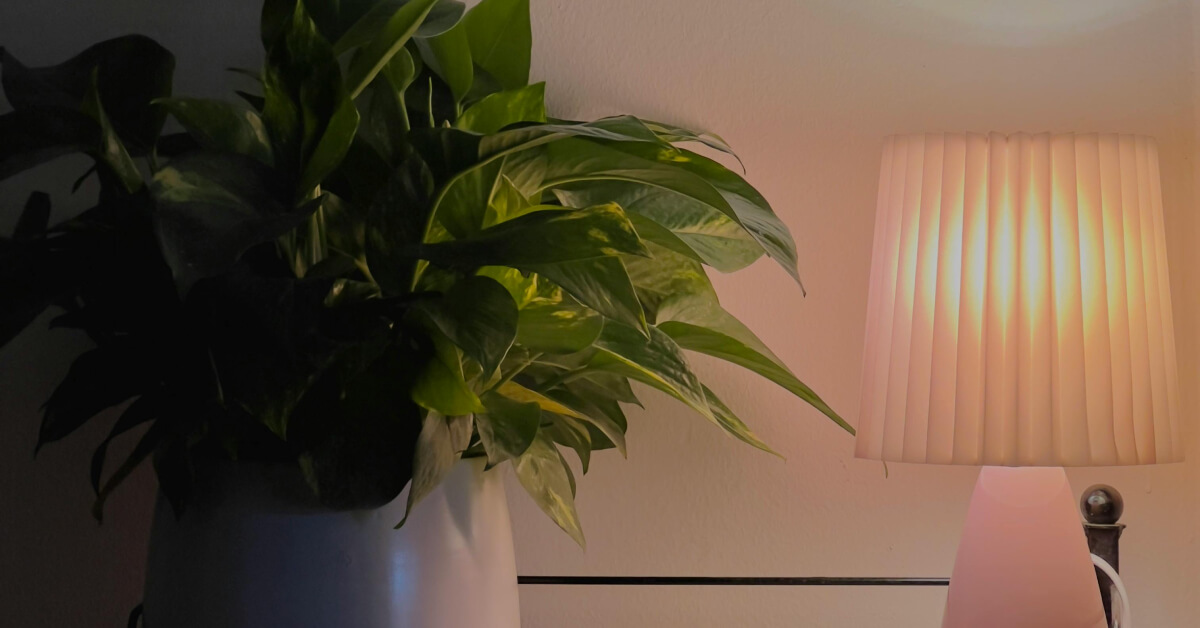Not all rooms are blessed with bright, sun-filled windows—but that doesn’t mean you have to give up on having houseplants. There are several beautiful, low-maintenance options that thrive in low-light environments, making them ideal for dark rooms, shaded hallways, and low-light bedrooms.
Understanding Light Levels for Indoor Plants
Before diving into plant recommendations, it’s important to understand how indoor light is measured and what counts as “low light.” Most indoor plant guides refer to lumens or foot-candles — both of which measure how much light reaches a surface.
In plant care, we usually simplify this into low, medium, and high (bright) indirect light based on approximate lux or lumen levels per square meter:
| Light Level | Lumens (lux) | Typical Room Examples |
|---|---|---|
| Low Light | 50–250 lux | Hallways, north-facing rooms, rooms 2–3 meters from windows |
| Medium Light | 250–1000 lux | East- or west-facing rooms, near sheer-covered windows |
| Bright Indirect Light | 1000–2000 lux | Rooms close to large south-facing windows (with filtered light) |
| Direct Sunlight | 2000+ lux | Unshaded windowsills, especially south-facing |
How to Test Your Light
- Quick test: If you can clearly see your shadow on the wall when holding your hand up to the light, it’s probably bright indirect or better.
- No shadow or fuzzy shadow: You’re likely dealing with low light.
Now that you know how to measure light, let’s explore which houseplants can survive—and even thrive—in those darker rooms and low-light bedrooms. Here are seven plants that can handle the shade and bring life into the dimmest corners of your home.
1. ZZ Plant (Zamioculcas zamiifolia)
Often recommended for its tolerance of neglect, the ZZ plant is one of the top choices for dark rooms. Its waxy, dark green leaves are excellent at capturing minimal light, and it needs infrequent watering, making it perfect for busy plant owners or beginners.
- Light needs: Low to medium light
- Watering: Allow the soil to dry completely before watering
- Best location: Offices, shaded corners, or rooms with very limited light

2. Snake Plant (Sansevieria trifasciata)
Snake plants are known for their striking upright leaves and their ability to withstand a wide range of conditions. They’re among the most resilient houseplants for darker rooms and do well even in low-light bedrooms or hallways with minimal sunlight.
- Light needs: Low to bright indirect light
- Watering: Every 2–3 weeks or when soil is dry
- Extra benefit: Known to purify air by removing indoor toxins
3. Pothos (Epipremnum aureum)
Pothos is one of the most adaptable plants for dark rooms, making it perfect for beginners. Its cascading vines can thrive in hanging baskets or on shelves and tolerate lower light without losing their vibrant green leaves.
- Light needs: Low to medium indirect light
- Watering: Once a week or when topsoil feels dry
- Growth tip: Prune regularly to encourage fuller vines
4. Peace Lily (Spathiphyllum)
The peace lily adds elegance to low-light spaces with its deep green foliage and occasional white blooms. While it prefers moderate light for flowering, it can still thrive in darker rooms, making it a good candidate for dark bedrooms or interior bathrooms.
- Light needs: Low to medium light
- Watering: Keep soil slightly moist; reduce watering in winter
- Note: Slightly toxic to pets if ingested
5. Cast Iron Plant (Aspidistra elatior)
True to its name, the cast iron plant is nearly indestructible. It’s one of the few houseplants that truly tolerate dark spaces without fading or dropping leaves. It also adapts well to fluctuations in temperature and humidity.
- Light needs: Low light
- Watering: Every 10–14 days; prefers consistent moisture
- Best use: Long-term solution for spots with minimal natural light
6. Aglaonema (Chinese Evergreen)
Aglaonema is a highly decorative plant with patterned leaves in shades of green, silver, and red. It handles low-light rooms exceptionally well and brings color into darker bedrooms or shaded offices.
- Light needs: Low to moderate indirect light
- Watering: Water when topsoil is dry
- Humidity: Prefers moderate humidity but tolerates dry air

7. Philodendron (Heartleaf or Brasil)
Philodendrons, especially the heartleaf variety, are tolerant of shade and perfect for growing in dark bedrooms or offices. Their trailing vines work beautifully in hanging planters or climbing a support.
- Light needs: Low to medium light
- Watering: Water when top inch of soil is dry
- Care tip: Rotate regularly to encourage even growth
Can I Use a Grow Light for Bright Indirect Light?

Absolutely. If your room is especially dark or lacks windows altogether, using a grow light is a reliable solution to simulate bright indirect light for your houseplants. Full-spectrum LED grow lights are energy-efficient and provide the necessary wavelengths for healthy growth, even in low-light conditions.
When choosing a grow light:
- Look for full-spectrum bulbs (they mimic natural sunlight)
- Use a timer to ensure consistent light exposure, usually 12–16 hours per day
- Keep the light at a reasonable distance to avoid overheating the plant
This is particularly useful for plants placed in dark corners, windowless bathrooms, or basements.
Having a low-light home doesn’t mean you need to give up your indoor jungle dreams. With the right plant choices, it’s entirely possible to create a lush, green space even in rooms with minimal natural light.
Unsure how to provide the right light to your houseplants?
Don’t miss the ultimate guide to indoor plant lighting!
Whether you’re decorating a dark bedroom, a hallway, or a corner that never sees the sun, these seven low-light houseplants are resilient, beautiful, and beginner-friendly.

